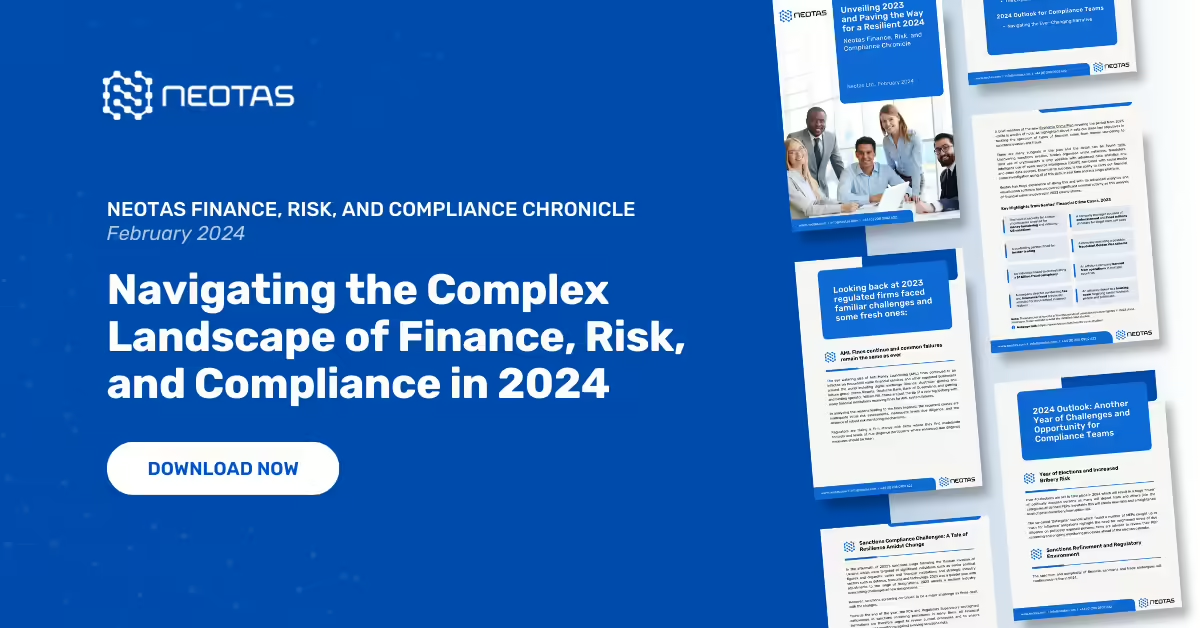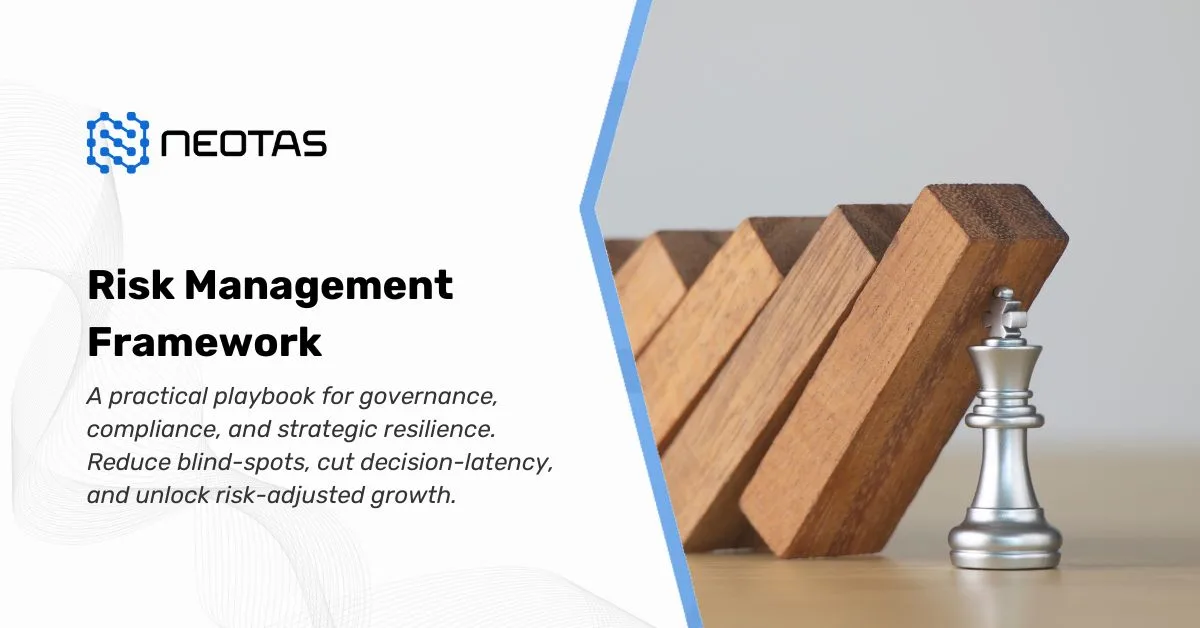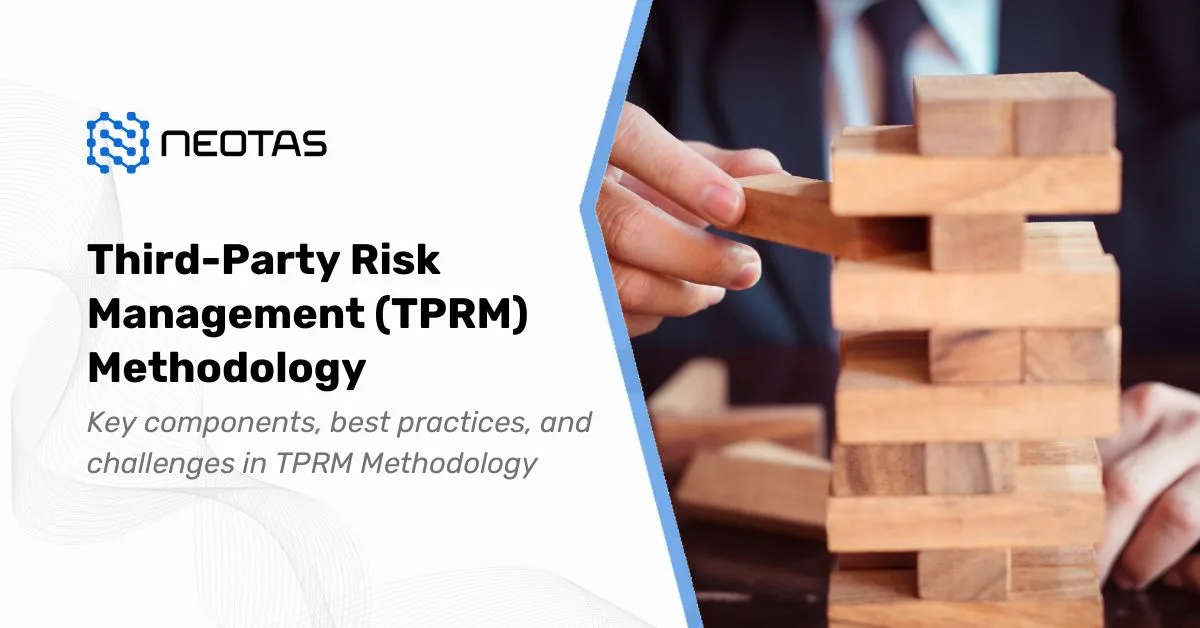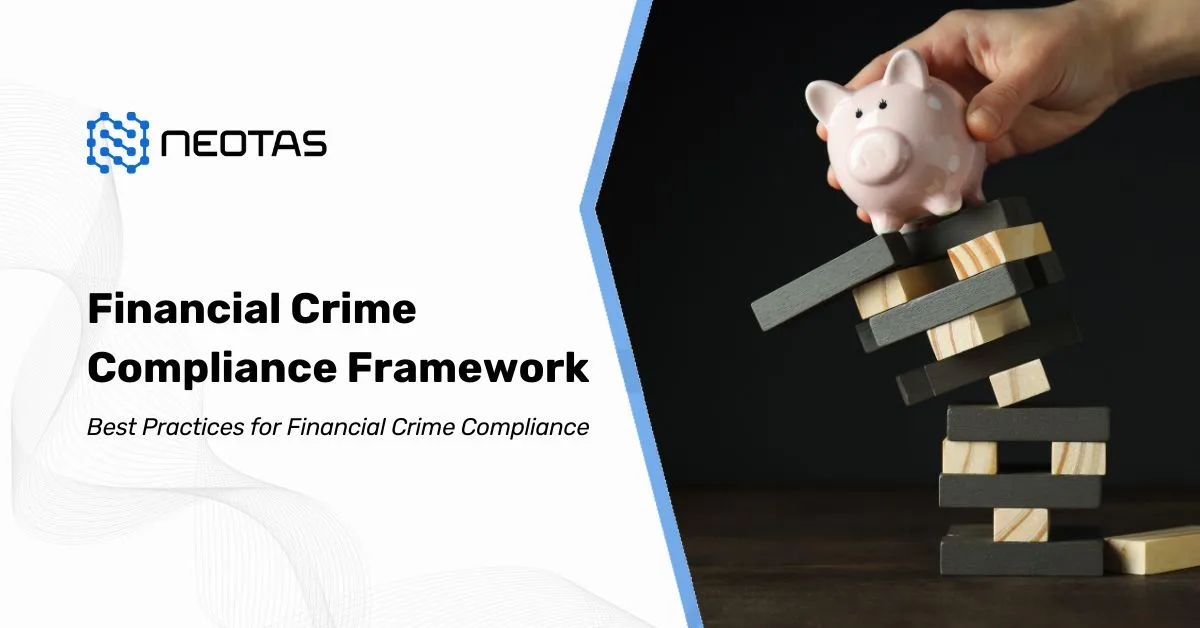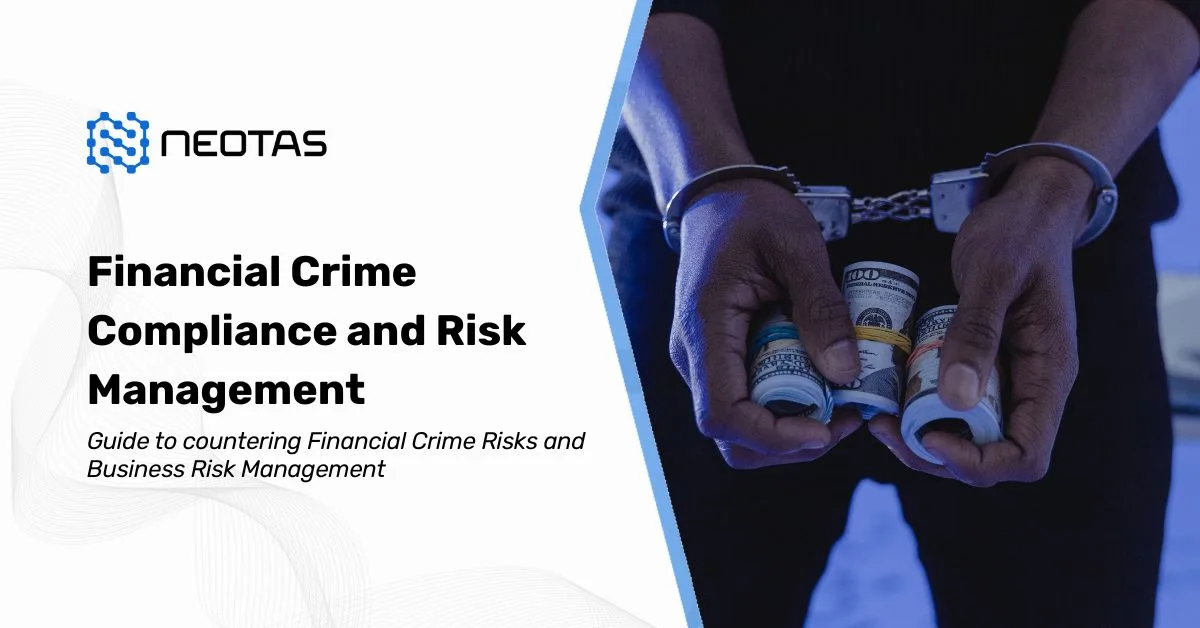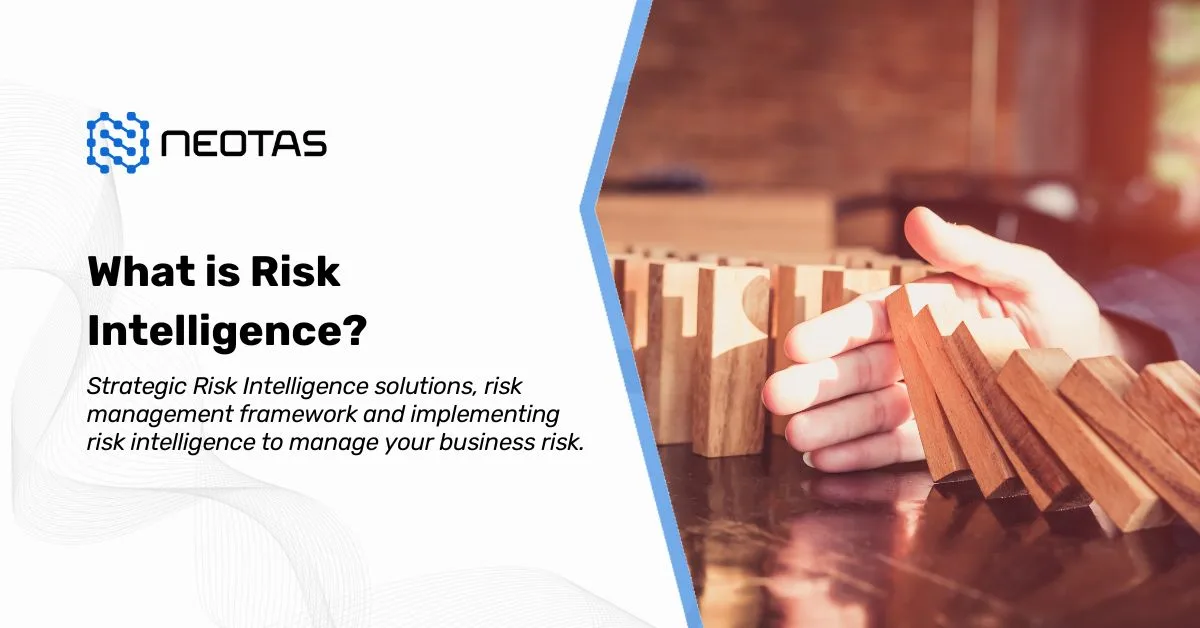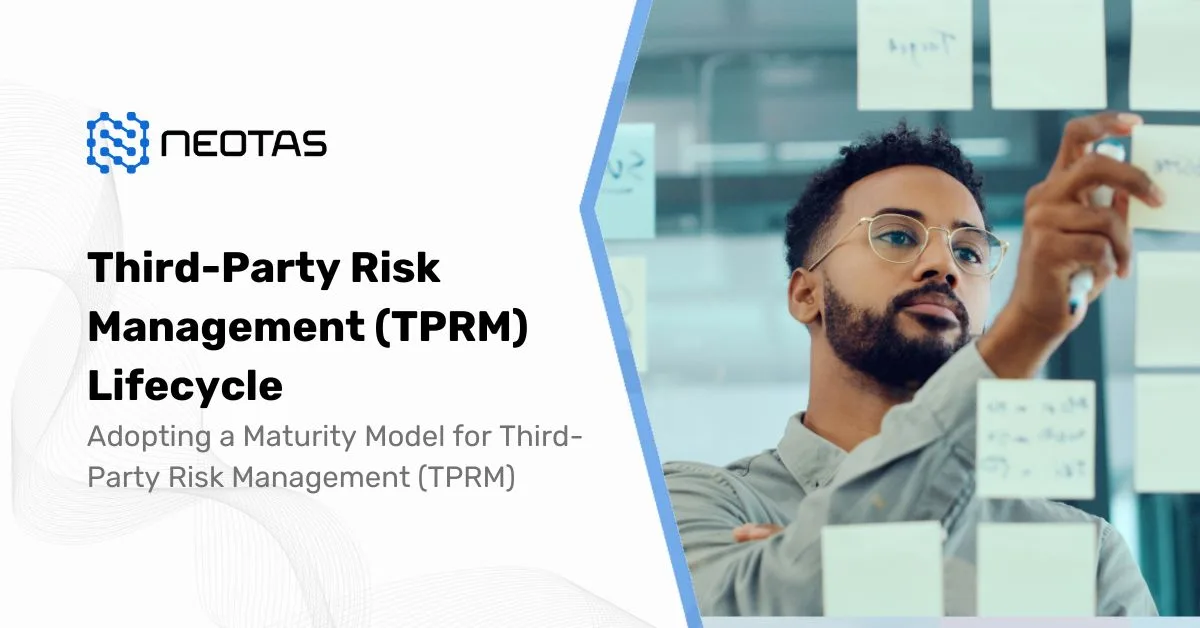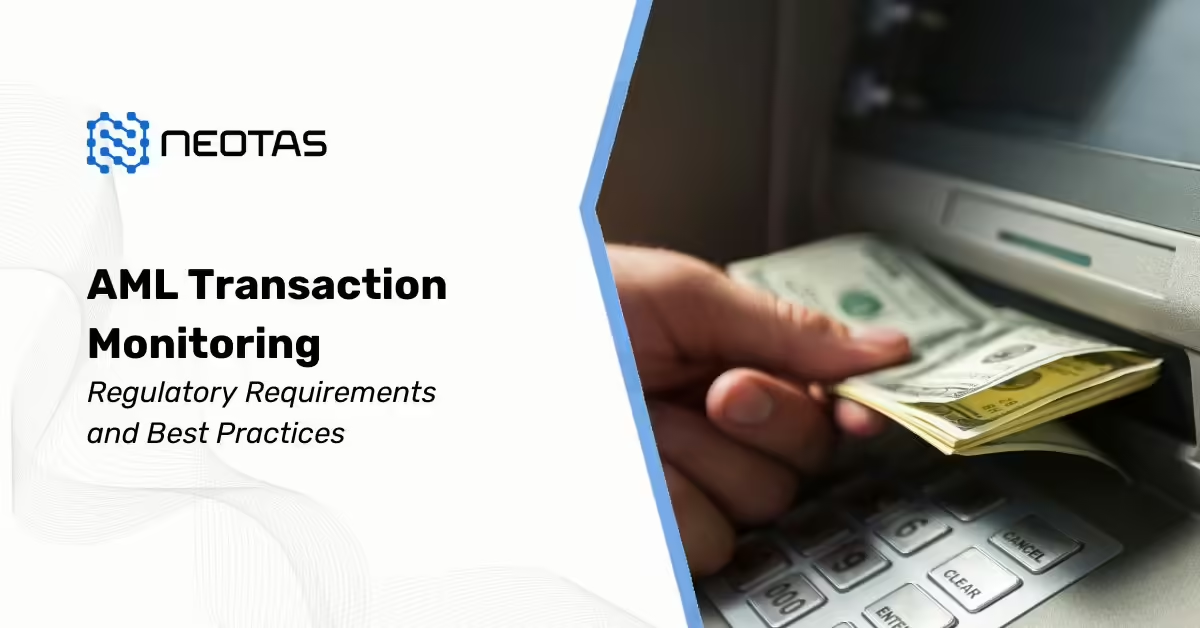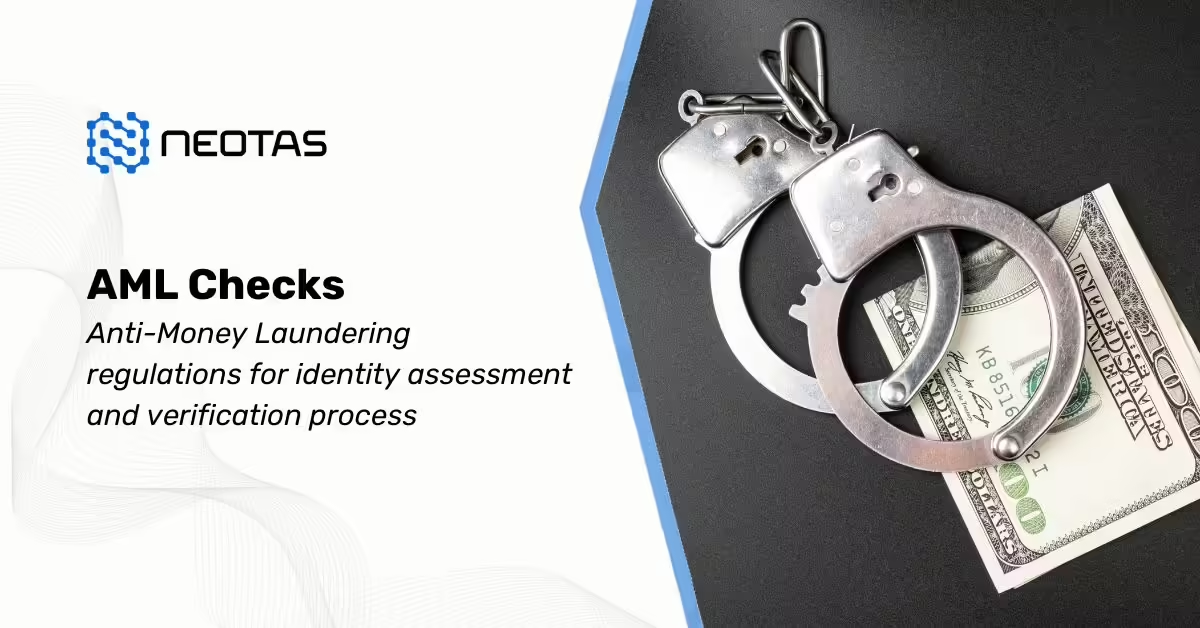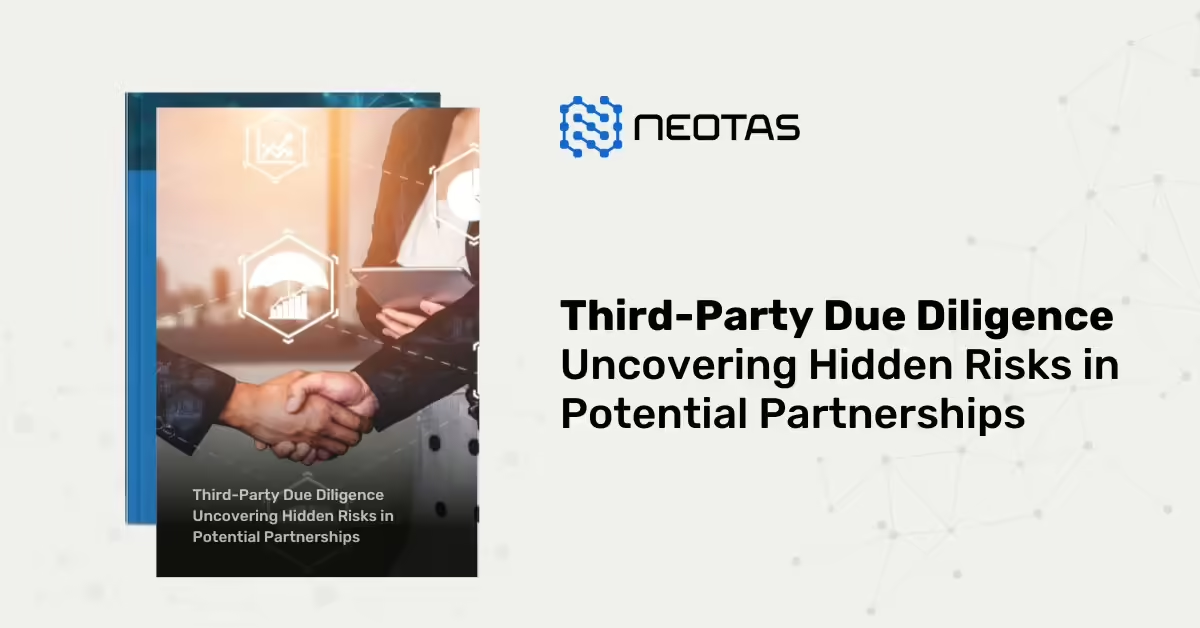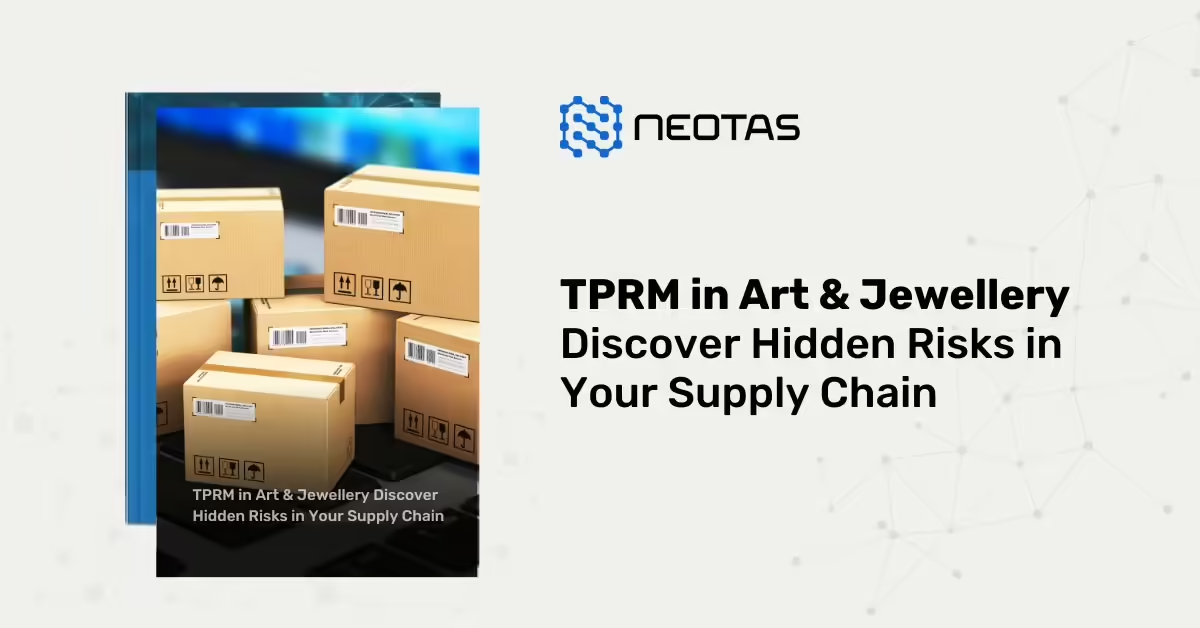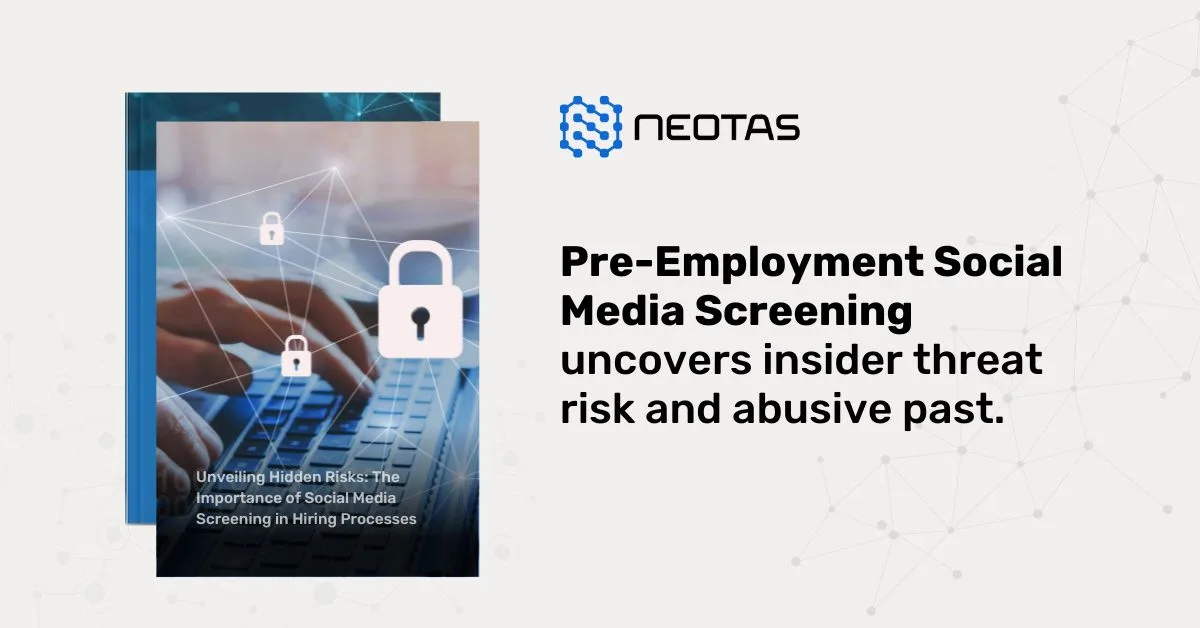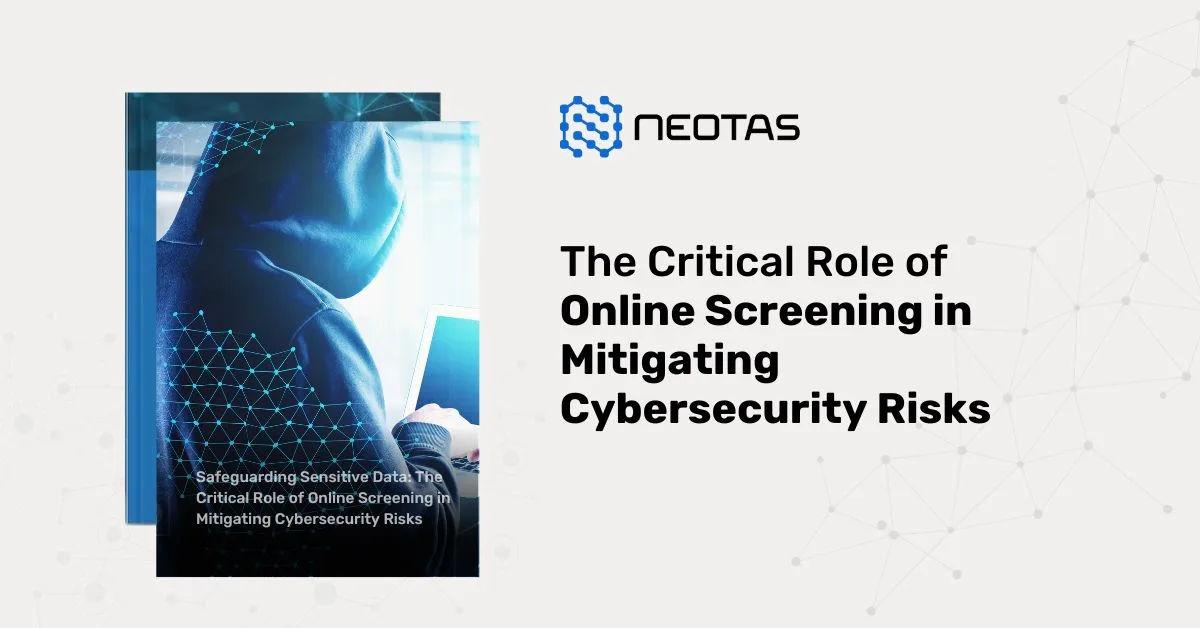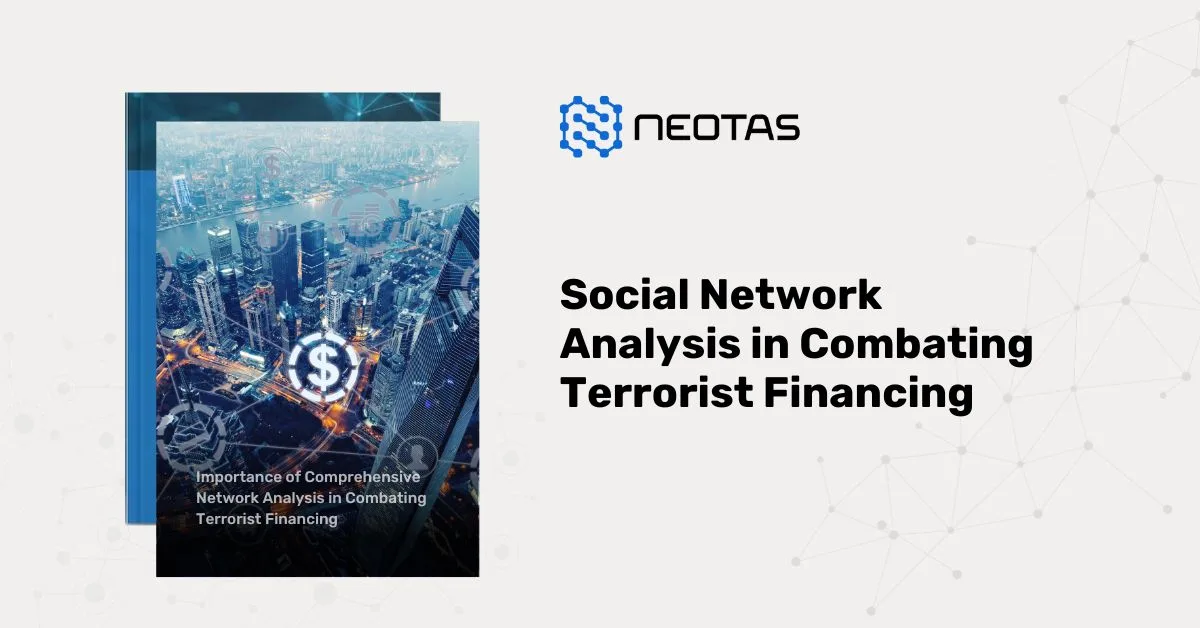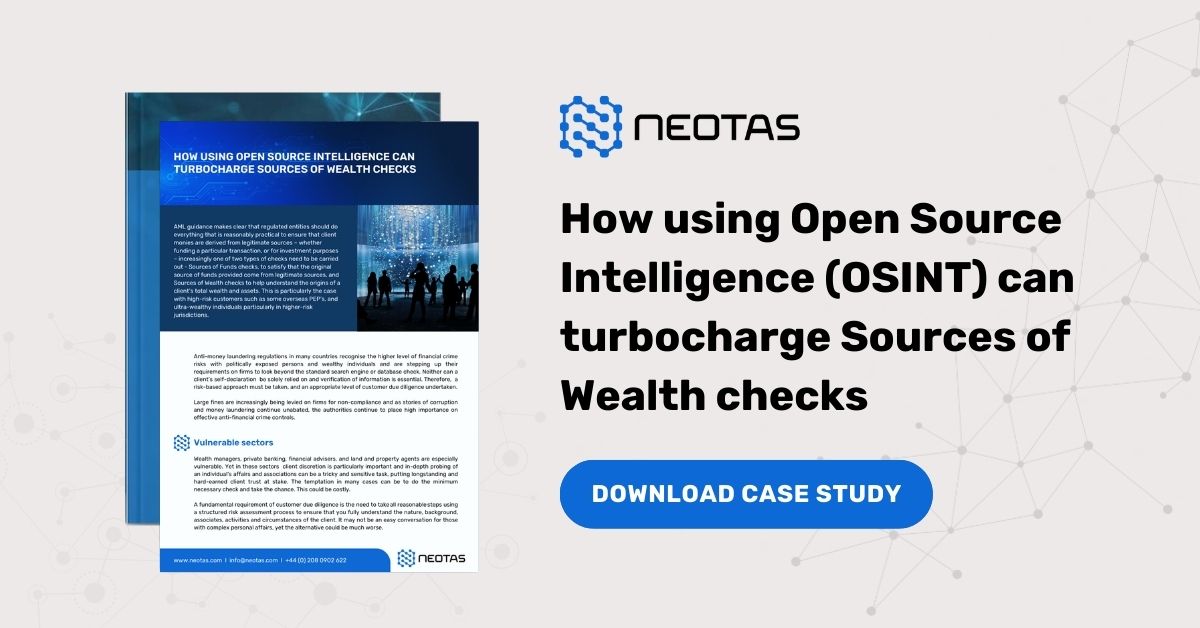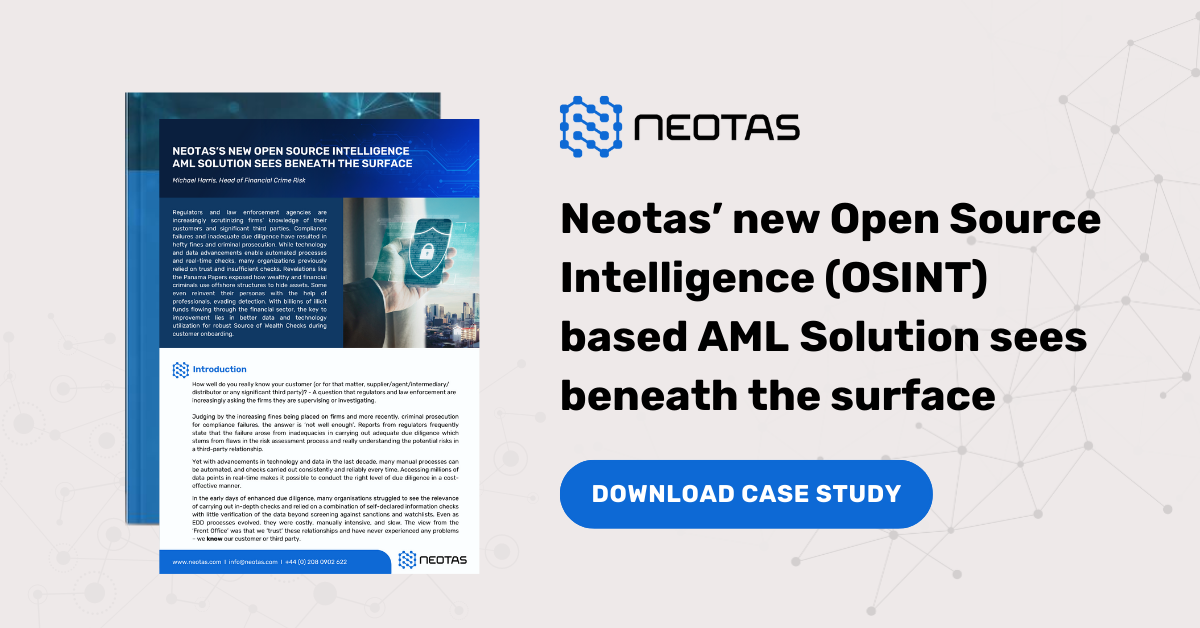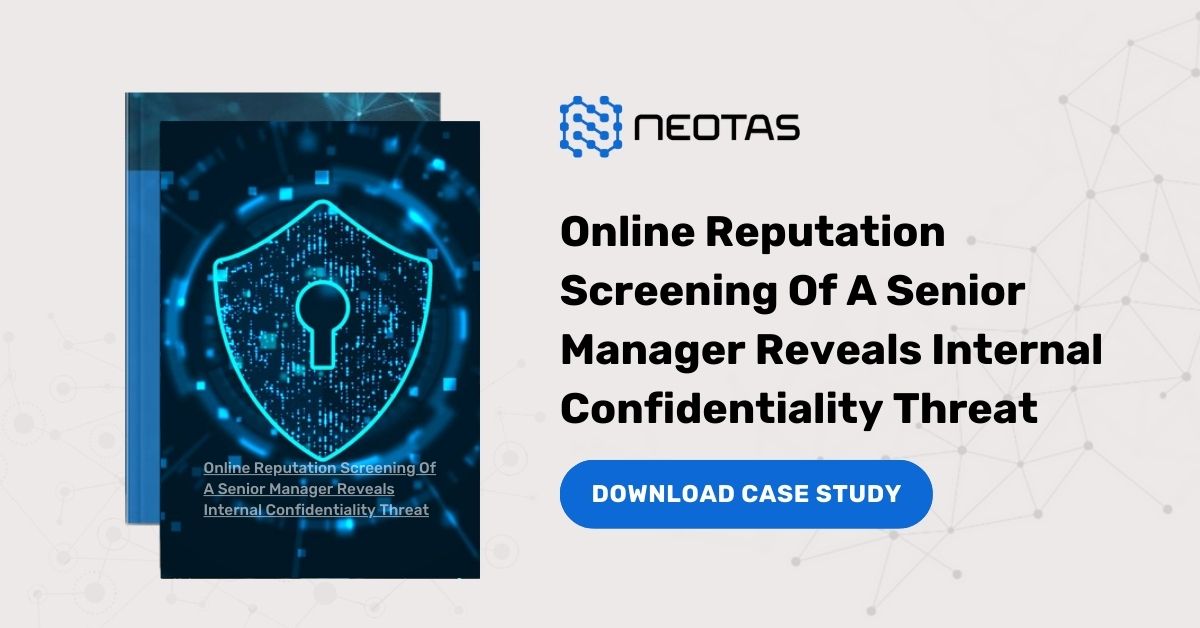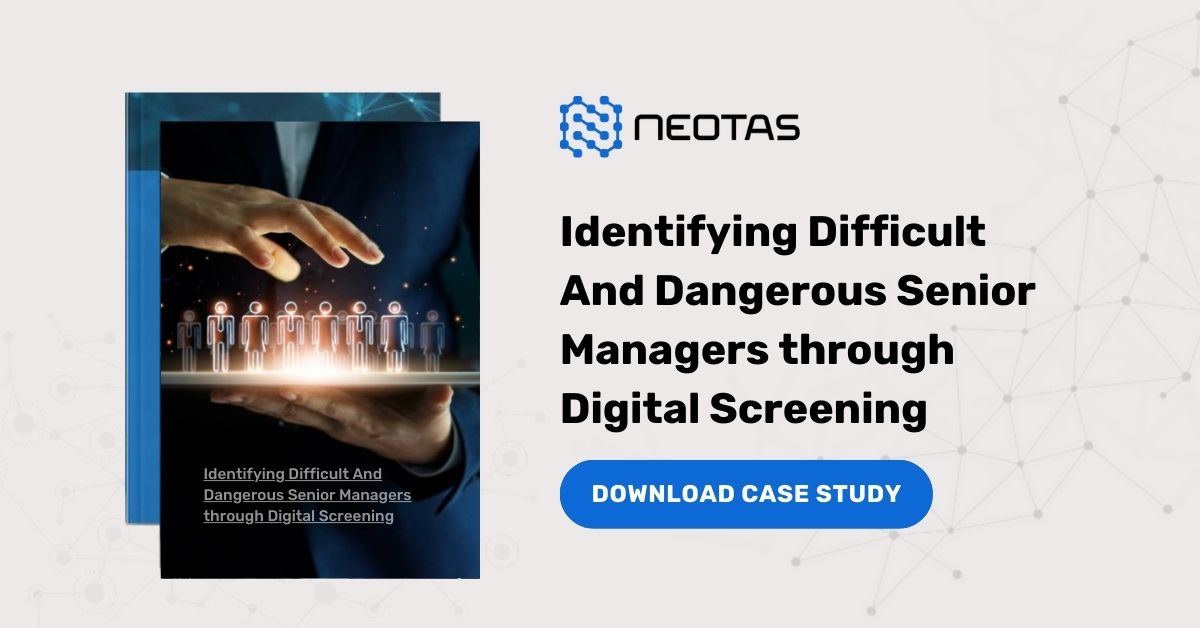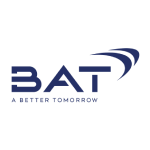TPRM risk assessment
Here is a detailed overview of conducting a Third-Party Risk Management (TPRM) risk assessment:
A comprehensive Third-Party Risk Management (TPRM) program hinges on a robust risk assessment process, which enables organizations to identify, evaluate, and prioritise the potential risks associated with their third-party relationships. The TPRM risk assessment is a critical component that informs decision-making and guides the development of tailored risk mitigation strategies.
The following outlines the key steps involved in conducting an effective TPRM risk assessment:
- Establish a Risk Assessment Framework: Develop a standardised risk assessment framework that aligns with the organization’s overall risk management strategy and governance model. This framework should define the risk assessment methodology, evaluation criteria, and risk scoring/rating system to ensure consistency across all third-party relationships.
- Identify and Prioritise Third-Party Relationships: Maintain an up-to-date inventory of all third-party relationships, including vendors, suppliers, service providers, and any other external entities that have access to the organization’s systems, data, or facilities. Prioritise these relationships based on factors such as criticality, sensitivity of data shared, and potential impact on operations.
- Gather Relevant Information and Documentation: Collect comprehensive information about each third-party entity, including details about their services, security practices, financial stability, operational resilience, and compliance with relevant regulations and industry standards. Request documentation such as security policies, incident response plans, business continuity strategies, and audit reports.
- Conduct Due Diligence: Perform thorough due diligence on each third-party entity to evaluate their risk profile. This may involve on-site audits, security assessments, or the use of standardised questionnaires and risk assessment tools. Assess factors such as cybersecurity posture, data protection practices, physical security controls, and personnel management processes.
- Identify and Analyze Risks: Based on the gathered information and due diligence findings, identify and analyze the specific risks associated with each third-party relationship. Consider risks related to data breaches, operational disruptions, regulatory non-compliance, reputational damage, and financial implications.
- Assess Risk Likelihood and Impact: Utilising the established risk scoring/rating system, assess the likelihood and potential impact of each identified risk. Consider factors such as the probability of occurrence, the sensitivity of data involved, the criticality of the service or product provided, and the potential financial and operational consequences.
- Calculate and Assign Risk Ratings: Based on the assessed likelihood and impact, calculate and assign an overall risk rating for each third-party relationship. This rating should reflect the cumulative risk exposure and guide the prioritisation of risk mitigation efforts.
- Develop Risk Mitigation Strategies: For high-risk third-party relationships, develop tailored risk mitigation strategies to address the identified risks. These strategies may include implementing additional security controls, negotiating contractual terms, conducting training or awareness programs, or, in extreme cases, terminating the relationship.
- Document and Report Findings: Maintain comprehensive documentation of the risk assessment process, including the methodology, data sources, risk analysis, and recommended mitigation strategies. Provide clear and concise reporting to relevant stakeholders, such as senior leadership, risk management committees, and compliance teams.
- Establish Ongoing Monitoring and Review: TPRM risk assessment is an ongoing process that requires continuous monitoring and periodic reviews. Establish mechanisms for regular reassessments to account for changes in the risk landscape, vendor performance, and emerging threats. Ensure that risk mitigation strategies are effectively implemented and remain relevant over time.
Throughout the TPRM risk assessment process, it is essential to foster collaboration and communication among cross-functional teams, including procurement, legal, information security, and compliance. Additionally, leveraging technology solutions and automated risk assessment tools can streamline the process, enhance data collection and analysis, and improve overall efficiency.
By conducting thorough TPRM risk assessments, organizations can proactively identify and address potential risks associated with third-party relationships, safeguarding their operations, protecting sensitive data, and ensuring compliance with regulatory requirements. A robust risk assessment process is fundamental to maintaining a strong risk management posture and fostering trusted, resilient partnerships with third-party entities.
Read more about Third-Party Risk, TPRM software, and TPRM processes.
Read the detailed guide on Vendor Due Diligence Checklist
How can Neotas TPRM solutions help?
Neotas offers an innovative solution to businesses grappling with Third-Party Risk Management (TPRM). In an era of increasing outsourcing, TPRM has become pivotal, and Neotas recognises this need. Through our enhanced due diligence platform, businesses can efficiently track and evaluate vendors and contractors, ensuring adherence to security protocols in a cost-effective manner.
The Neotas platform automates the vendor onboarding process, streamlining the addition of new vendors with remarkable ease and speed.
Moreover, Neotas provides a customisable dashboard, enabling businesses to proactively identify and address emerging risks. By consolidating vital vendor information, Neotas facilitates the seamless integration of risk management into existing Customer Relationship Management (CRM) and Supply Chain Management (SCM) systems, ultimately helping businesses maximise profits while minimising risk exposure.
If you’re curious about whether our third-party risk management solutions and services align with your organization, don’t hesitate to schedule a call. We’re here to help you make informed decisions tailored to your needs.
Third Party Risk Management (TPRM) Solutions:
- Enhanced Due Diligence
- Management Due Diligence
- Customer Due Diligence
- Simplified Due Diligence
- Third Party Risk Management
- Vendor Due Diligence
- Open Source Intelligence (OSINT)
- Introducing the Neotas Enhanced Due Diligence Platform
Third Party Risk Management (TPRM) Case Studies:
- Third Party Risk Management (TPRM) Using OSINT
- Open-source Intelligence For Supply Chain – OSINT
- ESG Risk Management Framework with Neotas’ OSINT Integration
- Open Source Intelligence In AML Compliance | Case Study
- Identifying Difficult And Dangerous Senior Managers
- ESG Risk Investigation Uncovers Supply Chain Risks
- Financial Crime Compliance & Risk Management Trends
- Network Analysis Reveals International Links In Credit Risk Case
- Network Analysis and Due Diligence – Terrorist Financing
- Using OSINT For Sources Of Wealth Checks
- ESG Risks Uncovered In Investigation For Global Private …
- PEP Screening: Undisclosed Political Links Uncovered For European Organization
- Risk-Based Approach (RBA) to AML & KYC risk management
- Anti-Money Laundering (AML)
- Supply Chain Risk Management
- Due Diligence Explained: Types, Checklist, Process, Reports

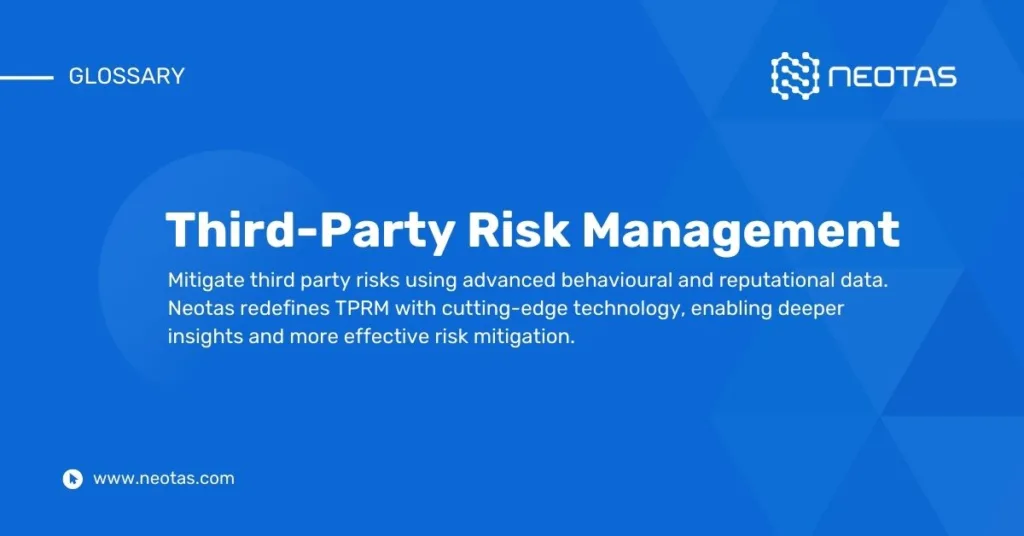

 Financial Crime Compliance Trends 2024
Financial Crime Compliance Trends 2024